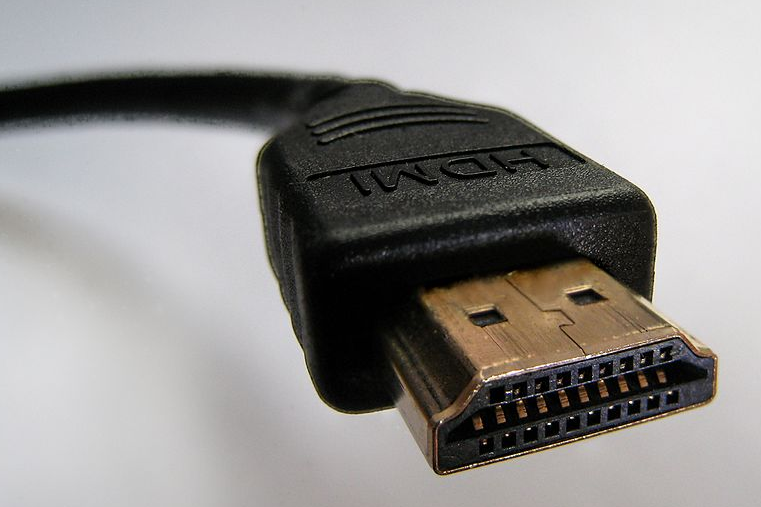Introduction
In this digital era, the evolution of audio-visual technologies has been nothing short of remarkable. From the early days of analog systems to the cutting-edge digital innovations, we have witnessed a transformative journey that has revolutionized the way we perceive and interact with visual and auditory content. In this article, we will delve into the history, advancements, and impact of these technologies, providing you with insights and a glimpse of the fascinating progression from analog to digital.
The Evolution of Audio-Visual Technologies: From Analog to Digital

The Analog Era: Where It All Began
The journey of audio-visual technologies traces its roots back to the analog era. This period marked the inception of visual and auditory media, where devices like phonographs, film projectors, and cathode-ray tube (CRT) televisions dominated the scene. Analog signals were used to transmit audio and video, and though limited in quality and prone to noise, these innovations laid the foundation for the captivating world of entertainment we experience today.
The Leap to Digital: Understanding the Transition
As technology advanced, so did the need for better quality and efficiency. The transition from analog to digital was a defining moment in the history of audio-visual technologies. Digital signals replaced analog ones, offering higher fidelity, clarity, and the ability to store, manipulate, and transmit data with unprecedented ease. The advent of compact discs (CDs), digital cameras, and digital video formats set the stage for a new era of media consumption.
The Digital Revolution: Unleashing the Possibilities
The digital revolution brought about a paradigm shift, transforming the way we consume, create, and share audio-visual content. High-definition displays, digital audio players, and online streaming platforms became the new norm, providing users with immersive experiences like never before. Additionally, the internet revolutionized the distribution of content, making it accessible to a global audience with just a few clicks.
Impact on Entertainment Industry: Lights, Camera, Evolution!
The entertainment industry experienced a seismic shift with the rise of digital audio-visual technologies. High-definition (HD) screens, digital sound systems, and advanced visual effects elevated the cinematic experience to new heights. Virtual reality (VR) and augmented reality (AR) technologies further blurred the lines between reality and fiction, captivating audiences in unprecedented ways.
Audio-Visual Technologies in Education: Transforming Learning
The impact of audio-visual technologies extended far beyond the entertainment realm. In education, digital tools such as interactive whiteboards, e-learning platforms, and educational apps revolutionized the learning process. Visual aids and multimedia content enriched classroom experiences, making learning engaging and effective.
Digital Audio in Music: A Harmonious Blend
The music industry underwent a profound transformation with digital audio technologies. MP3 players and digital music platforms allowed users to carry their entire music library in their pockets. Online streaming services enabled artists to reach a global audience, breaking down geographical barriers and changing the dynamics of music distribution.
Digital Imaging: Capturing Moments, Preserving Memories
Digital imaging technologies reshaped the way we capture and cherish memories. Digital cameras replaced film rolls, offering instant previews and the freedom to store thousands of photos. Photo editing software empowered users to enhance and manipulate their images, unlocking a new realm of creative possibilities.
Audio-Visual Technologies in Healthcare: Enhancing Diagnosis and Treatment
In the medical field, digital audio-visual technologies played a crucial role in diagnosis and treatment. Advanced medical imaging, such as MRI and CT scans, provided detailed insights into patients’ conditions, enabling precise and timely interventions. Telemedicine platforms extended medical reach, connecting doctors with patients remotely.
Broadcasting and Telecommunications: Connecting the World
The digital revolution also had a profound impact on broadcasting and telecommunications. Digital broadcasting replaced traditional analog signals, resulting in clearer reception and a wider range of channels. Mobile phones and video conferencing became indispensable tools for communication, bridging gaps across continents.

The Evolution of Video Gaming: A Digital Playground
The video gaming industry witnessed a dramatic evolution thanks to digital audio-visual technologies. High-definition graphics, surround sound, and virtual reality gaming transported players into immersive worlds. Online gaming communities fostered social interactions and competitive experiences on a global scale.
Digital Content Creation: Empowering Creativity
The transition to digital audio-visual technologies democratized content creation. Video editing software, animation tools, and digital art platforms empowered creators to bring their visions to life. User-generated content proliferated across social media platforms, leading to new opportunities for artists and influencers.
The Impact on Advertising and Marketing: Engaging Audiences
In the realm of advertising and marketing, digital audio-visual technologies became vital for capturing audience attention. Interactive ads, video campaigns, and personalized content improved engagement and conversion rates. Social media platforms emerged as powerful marketing channels, allowing businesses to reach their target demographics directly.

The Future of Audio-Visual Technologies: What Lies Ahead?
As we continue to embrace digital audio-visual technologies, the future holds even more exciting prospects. Advancements in artificial intelligence, extended reality, and 5G connectivity promise to unlock uncharted possibilities. The convergence of audio-visual technologies with other industries, such as healthcare, automotive, and gaming, will redefine our experiences.
FAQs
Q: What is the significance of the transition from analog to digital audio-visual technologies? A: The transition from analog to digital technologies revolutionized the quality, efficiency, and accessibility of audio-visual content, transforming entertainment, education, healthcare, and various other industries.
Q: How did digital audio-visual technologies impact the music industry? A: Digital audio technologies revolutionized the music industry by introducing online streaming, MP3 players, and global distribution, empowering artists and providing listeners with a vast array of music choices.
Q: How did digital imaging technologies change photography? A: Digital imaging technologies replaced traditional film rolls with instant previews, photo editing capabilities, and the ability to store thousands of images, revolutionizing the way we capture and cherish memories.
Q: What role did digital audio-visual technologies play in education? A: In education, digital audio-visual technologies facilitated interactive learning experiences through multimedia content, interactive whiteboards, and e-learning platforms, enhancing the learning process.
Q: How did the digital revolution impact the advertising and marketing industry? A: The digital revolution in audio-visual technologies led to interactive ads, personalized content, and social media marketing, enabling businesses to engage with their target audiences more effectively.
Q: What can we expect from the future of audio-visual technologies? A: The future of audio-visual technologies holds exciting prospects, including advancements in AI, extended reality, and 5G connectivity, as well as transformative applications in various industries.
Conclusion
The evolution of audio-visual technologies from analog to digital has been a journey of innovation and transformation. From humble beginnings in the analog era to the digital revolution that reshaped industries, these technologies have woven themselves into the fabric of our daily lives. As we stand on the cusp of an even more promising future, it is certain that audio-visual technologies will continue to captivate, inspire, and shape the way we experience the world.
TO Do Things For You…
- Regularly visit this Blog page to learn about AV Technologies.
- Partner with us for AV CAD Drafting Services.
- Reach out to us at KennyAVSolution@gmail.com
- Follow us on Instagram and Facebook for the latest Audio-Visual industry updates.


